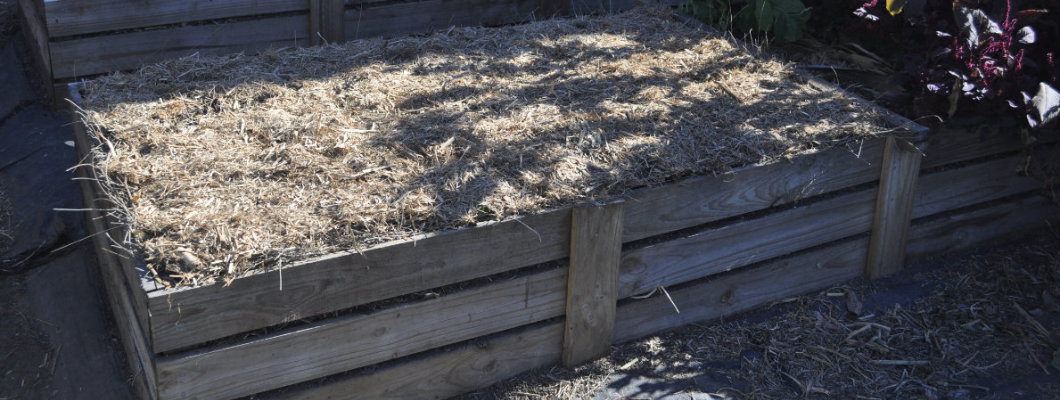
Title image above is copyright © Optimate Group Pty Ltd
First published 7th July 2022
Part One covered how I was inspired by three composting concepts to fill a raised bed which would always be self-fertile. The end result was essentially a hybridisation of Esther Deans’ no-dig garden and sheet mulching. Here the no-dig component would sustain plants during the first season, while the sheet mulching beneath would continue to break down and provide nutrients for future seasons.
Once the beds were completed with a good layer of sugarcane mulch for temperature and moisture control, I finished everything with a modification of the no-dig garden. Esther Deans had planted seeds into a deep circle of compost for them to germinate, but I already had raised seedlings ready to go, and far less compost left over from filling the beds in the first place. So for these I dug individual holes for each one, deep and wide enough to take a good amount of compost into which each seedling was planted and with its root ball completely covered with plenty of room to grow.
The beds gradually collapsed over the growing season as the sheet mulch materials continued to break down — easily 100 mm if not more! The vegies sank with them of course, and by this stage their roots were deep enough to be able to tap into that composting goodness
Now I have a background in soil microbiology and can think at their level, which is why I did what I did come harvest time. Instead of pulling a spent plant completely out roots and all, I cut if off at the surface level and left the root system undisturbed below.
Yes, this root system will die and eventually rot away, but in the meantime the all-important physical, chemical and biological fertility of that soil system was left intact. (You can read more about these in this post on my Biosphere Blog if interested.)
The delicate rhizosphere (root zone harbouring microbial life) is crucial to long-term soil health, as it is here that nitrogen-fixing bacteria and other beneficial microbes reside in highest concentrations. As the root system rots away it will continue to feed both the soil and this community until new roots from new plants can establish.
Leaving the below-ground plant structures intact also keeps the soil structure intact — uprooting plants causes huge damage by completely destroying air pockets and water channels formed by earthworms and other soil life. And as the root system rots down in place, still more air spaces and water channels arise where roots once were.
The above-ground plants that were cut off at the surface are then returned to the beds via the ‘chop and drop’ method described in Part One. These ‘greens’ become the new second sheet mulch layer of a new set-up, as the old sugarcane mulch still on the surface becomes the new ‘browns’ layer. The bed is again built up to full height with more layers of ‘browns’ and ‘greens’, to be finally topped off with compost and a fresh layer of sugarcane mulch.
(I find sugarcane mulch to be an excellent mulch by the way, as it holds its shape right through a season and doesn’t mat on wetting as grass clippings do — perfect for allowing water in and keeping heat out. And yet fine enough to break down readily once buried in a sheet mulching system. The initial fairly strong molasses smell which fades away over a week or so also suggests a rich energy-source utilised by hungry soil microbes!)
Over time these beds become more and more fertile as plants with deep tap roots reach the older and deeper layers from two or more seasons ago. These deep tap roots send nutrients to the leaves, which, if not eaten for their own health benefits, return those very nutrients to the same soil they came from when ‘chopped and dropped’ later on. The beds by this time have of course sunk once more from the new round of decomposition, and still more nutrient-dense soil has formed for new tap roots to reach.
You can see how with each successive season the beds become richer not only from nutrient build-up but from the build-up of undisturbed microbial and other soil life. A strong microbial soil community can better keep pathogens at bay, and this together with a richer, healthier soil means richer, healthier vegies.



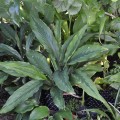




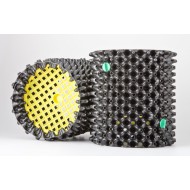
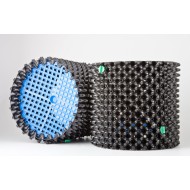
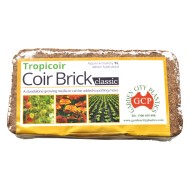
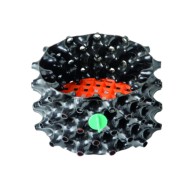
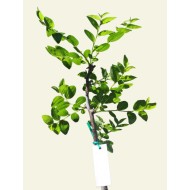
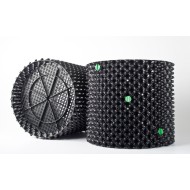
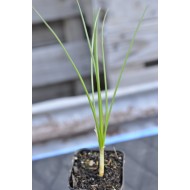
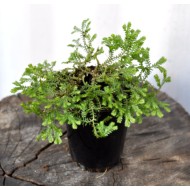
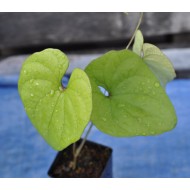

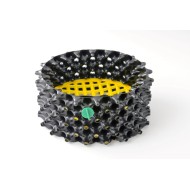
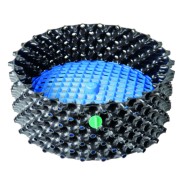
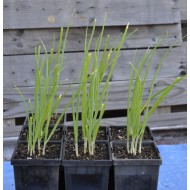
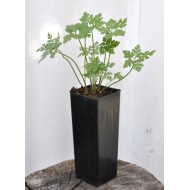
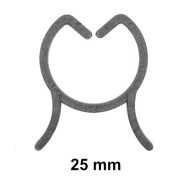
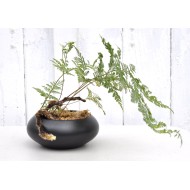
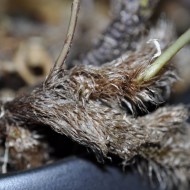
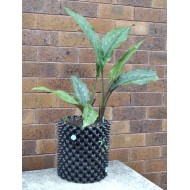
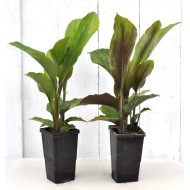
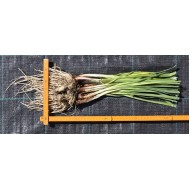
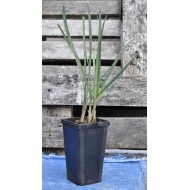
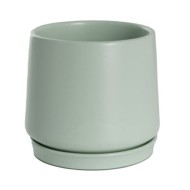
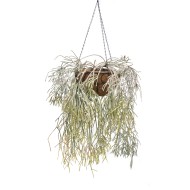
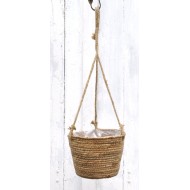
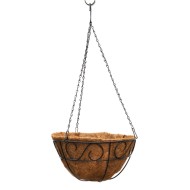
Leave a Comment